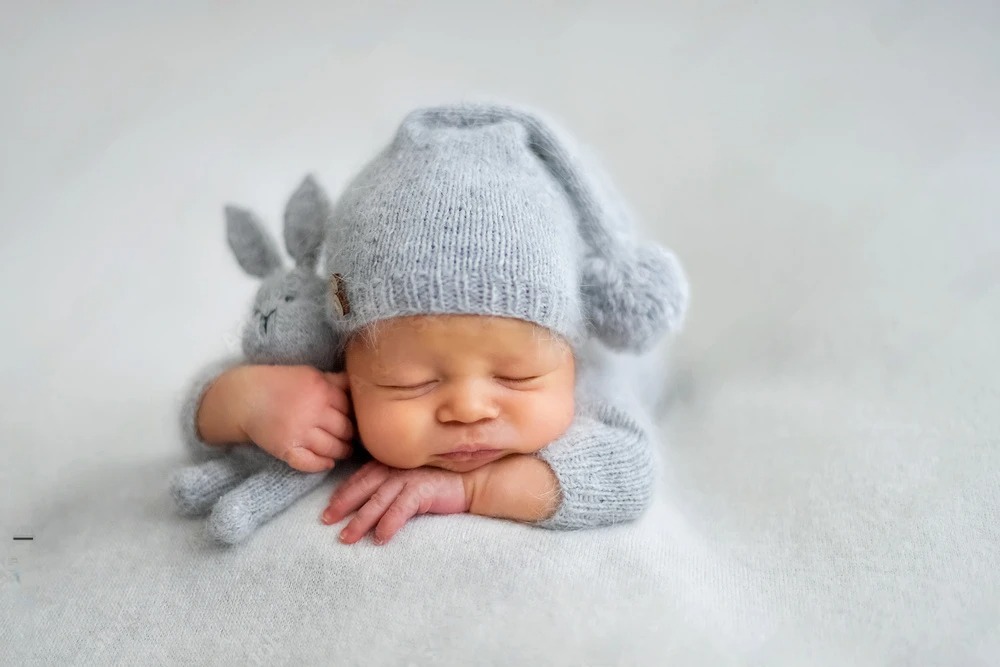What’s Normal in Newborns
- Babies sneeze and cough to get rid of mucus, often several times a day. Sneezing and coughing are normal responses and do not necessarily represent infection or allergy.
- Babies often hiccup. You need not do anything for this, as the hiccups will stop spontaneously. If desired, you may offer water.
- It is common for baby’s skin to peel during the first two weeks of life. This is due to many months of exposure to amniotic fluid. You need not apply anything to the skin.
- A sucking callus frequently develops on the upper lip. It may be quite large and blister-like, but you need not do anything for this.
- Both male and female babies may develop breast enlargement which may last up to 2-3 months after birth. Additionally, there may be a whitish liquid discharge from the nipples (“witches milk”).

- Baby girls may develop a creamy white or even bloody vaginal discharge during he first two weeks of life. This is also caused by the mother’s hormones, which have crossed the placenta. You need only wash the vaginal area gently.
- Babies’ heads are often strange shaped due to the passage through the birth canal. This is called “molding”. The irregular shape will round out in about 2-4 weeks.
- Birthmarks are very common in babies and are usually found at the nape of the neck (“stork bites”), over the eyelids, or in the middle of the forehead (“angel’s kiss”). They tend to fade gradually and generally disappear by 1-2 years of age.
- Many babies look yellow on or about the second or third day of life. This skin discoloration, also called jaundice, is caused by a pigment called bilirubin. Bilirubin, a by-product of red blood cell breakdown, is broken down by the liver. However, because of the immaturity of the liver in newborns, almost all infants will experience some jaundice. The jaundice usually resolves in about a week.
- Sometimes the extent of the jaundice may require measurement of the bilirubin by a heelstick blood test. If the bilirubin is elevated, additional tests and/or treatment may be required. If the coloring becomes more intense after leaving the hospital or if it fails to clear after two weeks, please notify me.
- Babies cry for a variety of reasons other than hunger (soiled or wet diapers, too warm or cold, overtired, illness, etc.) and they often cry for no apparent or identifiable reason.
Additionally, crying may increase over the first 6-8 weeks; this is considered quite normal. With time and experience you will learn to recognize the baby’s different “types” of crying and what they mean.